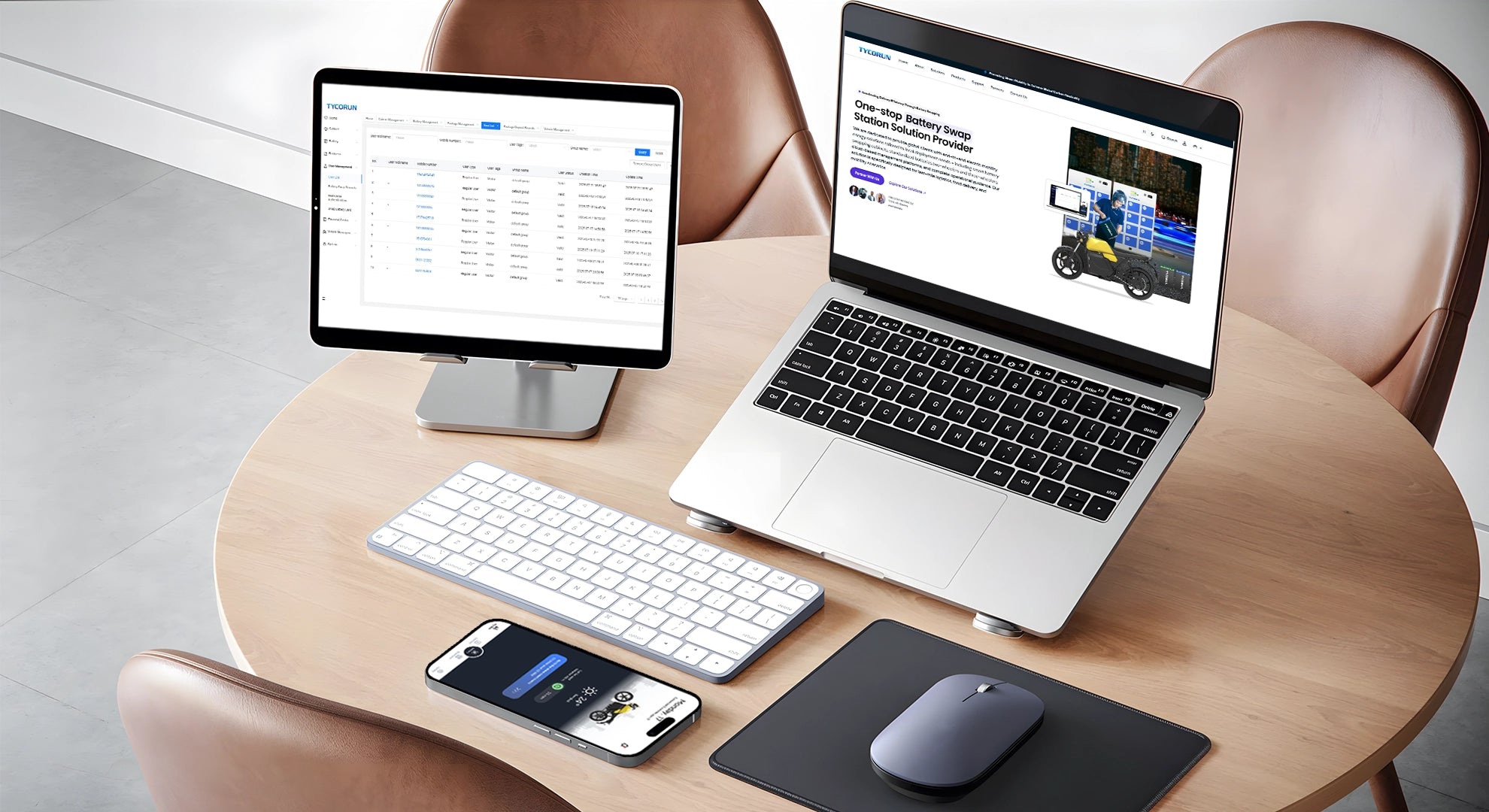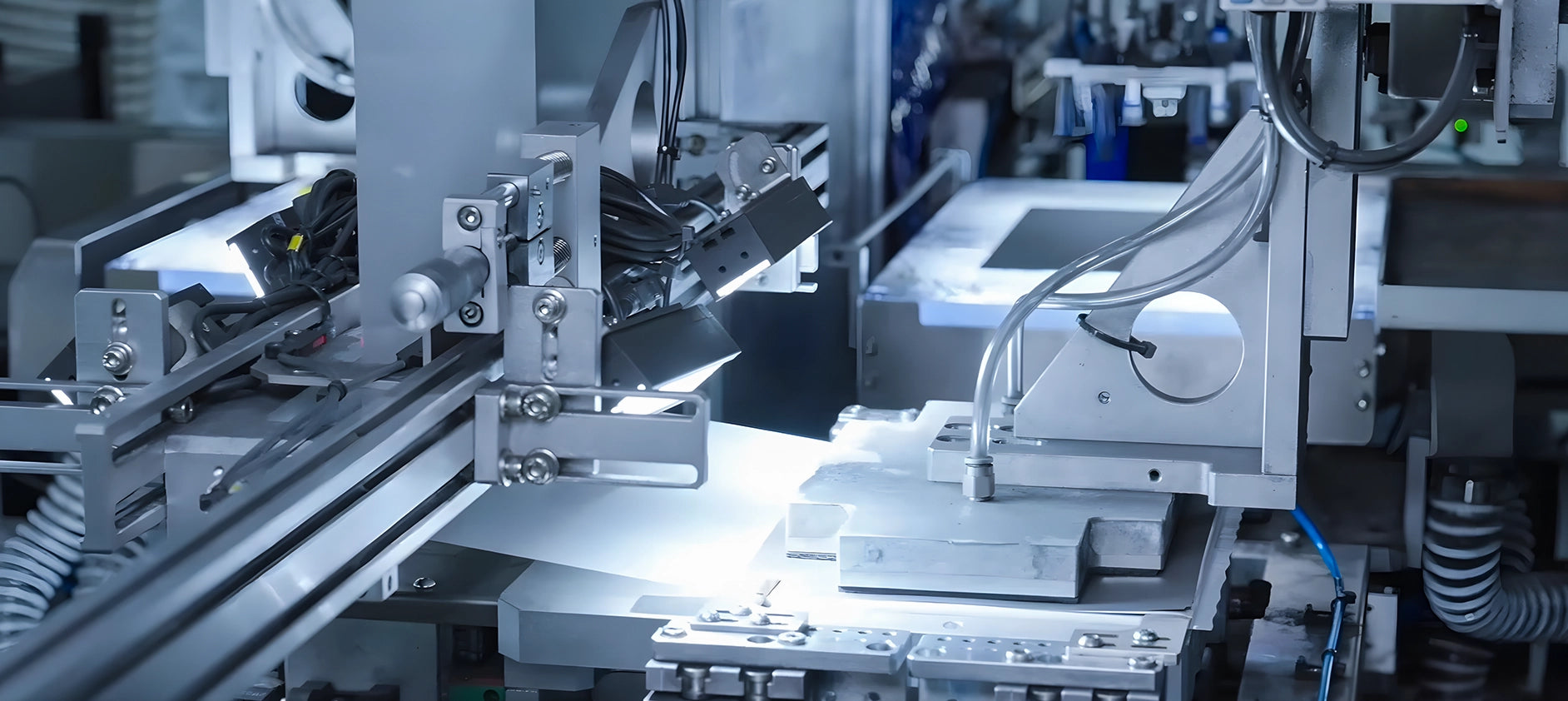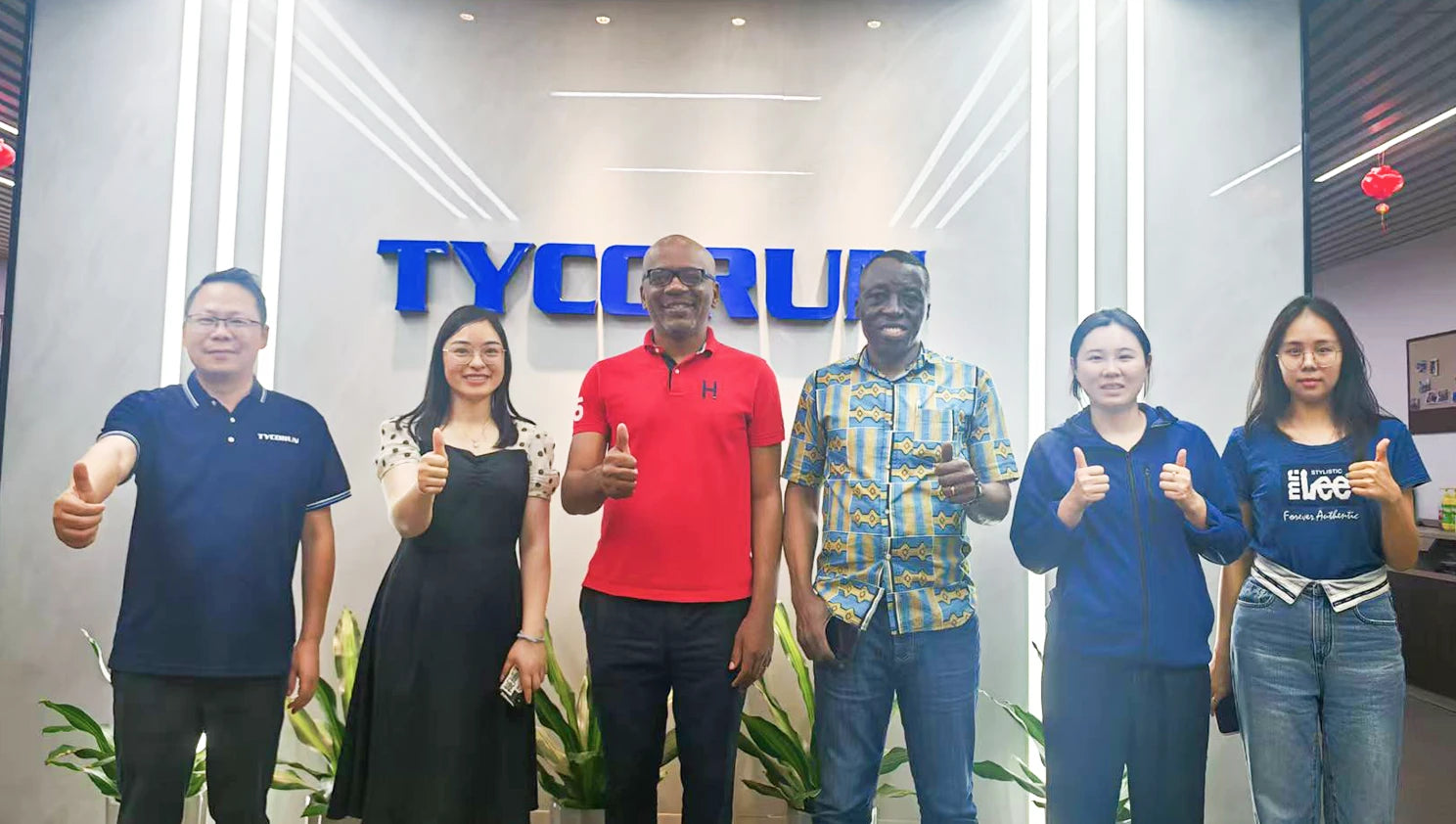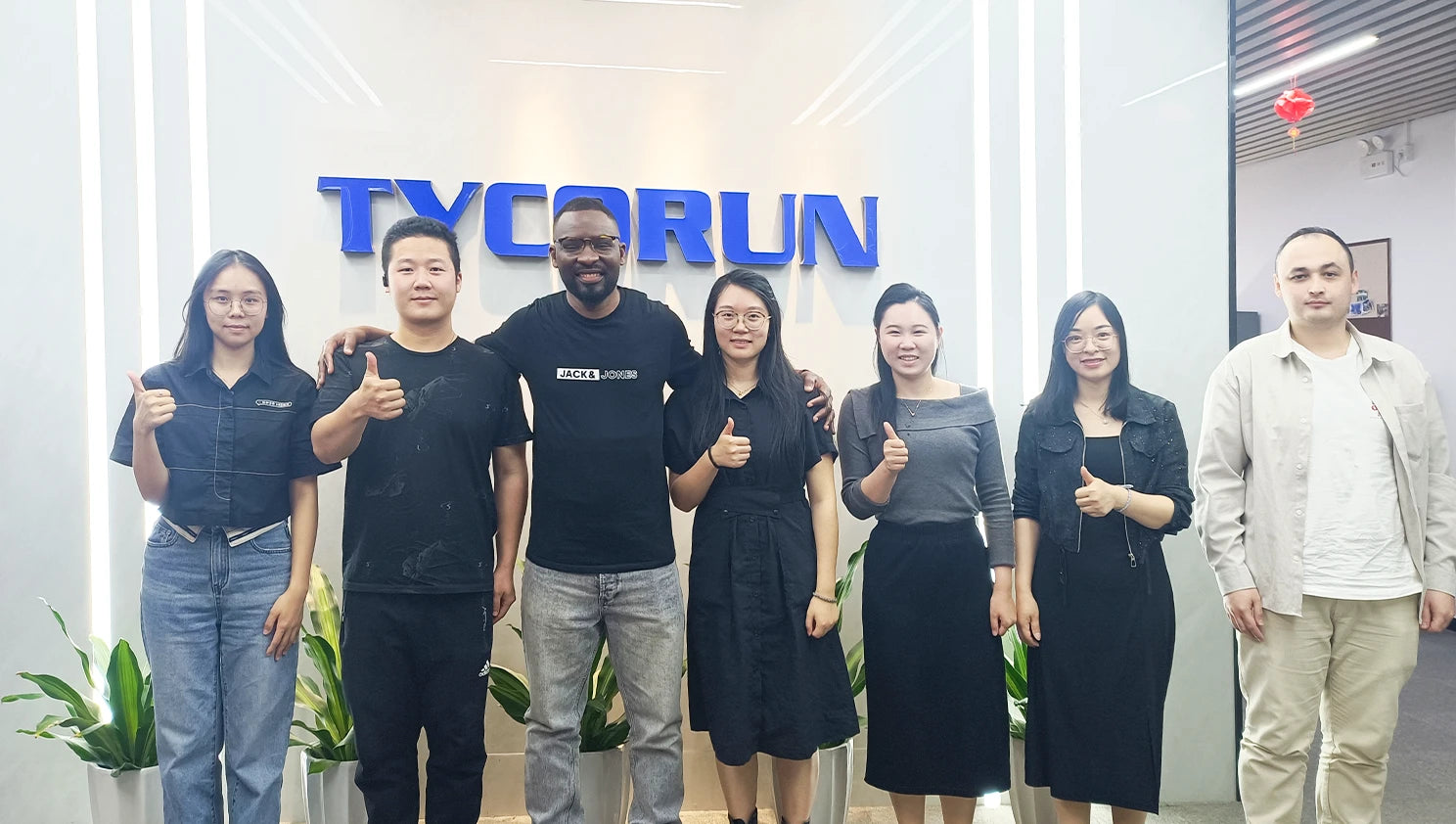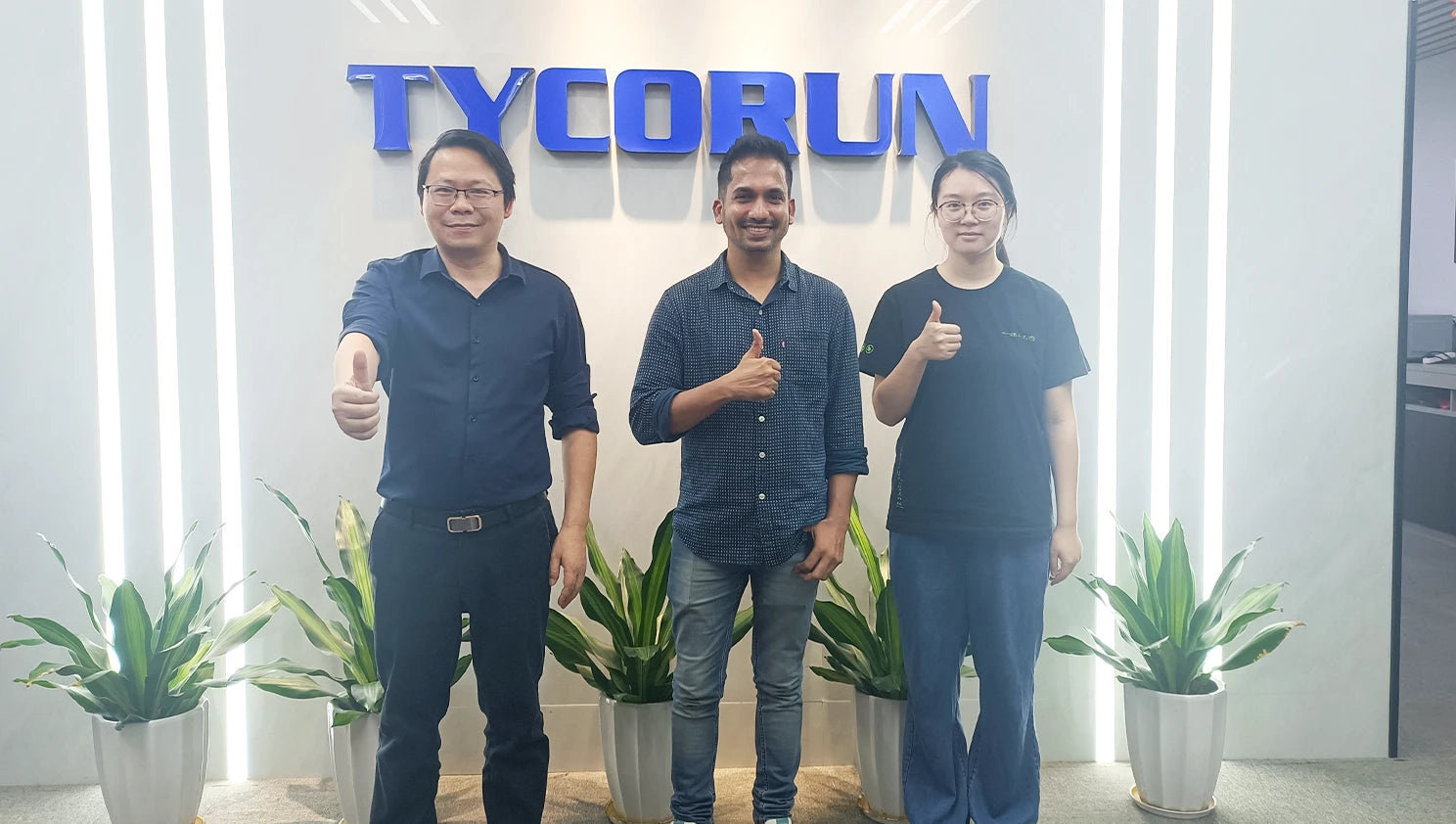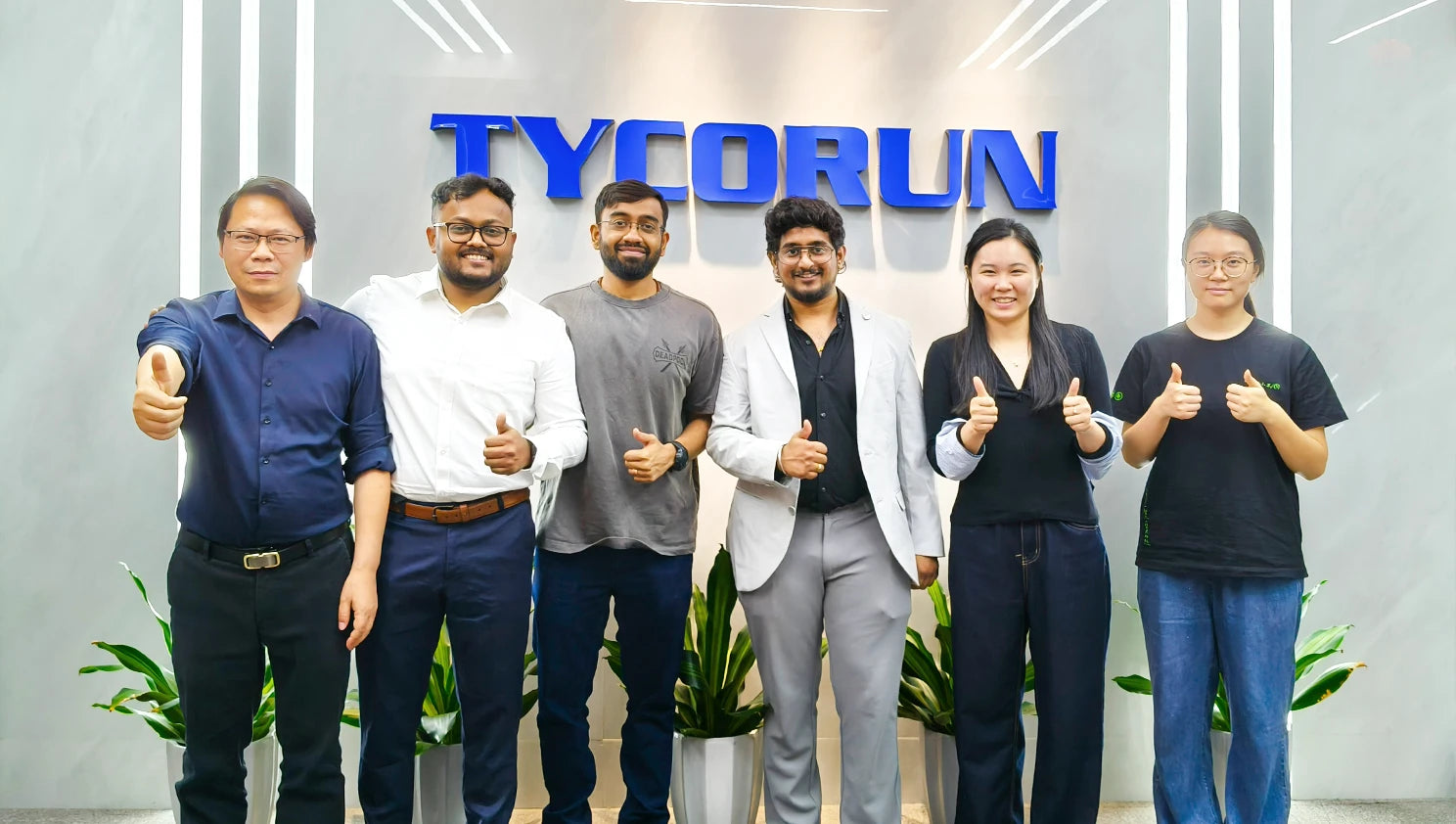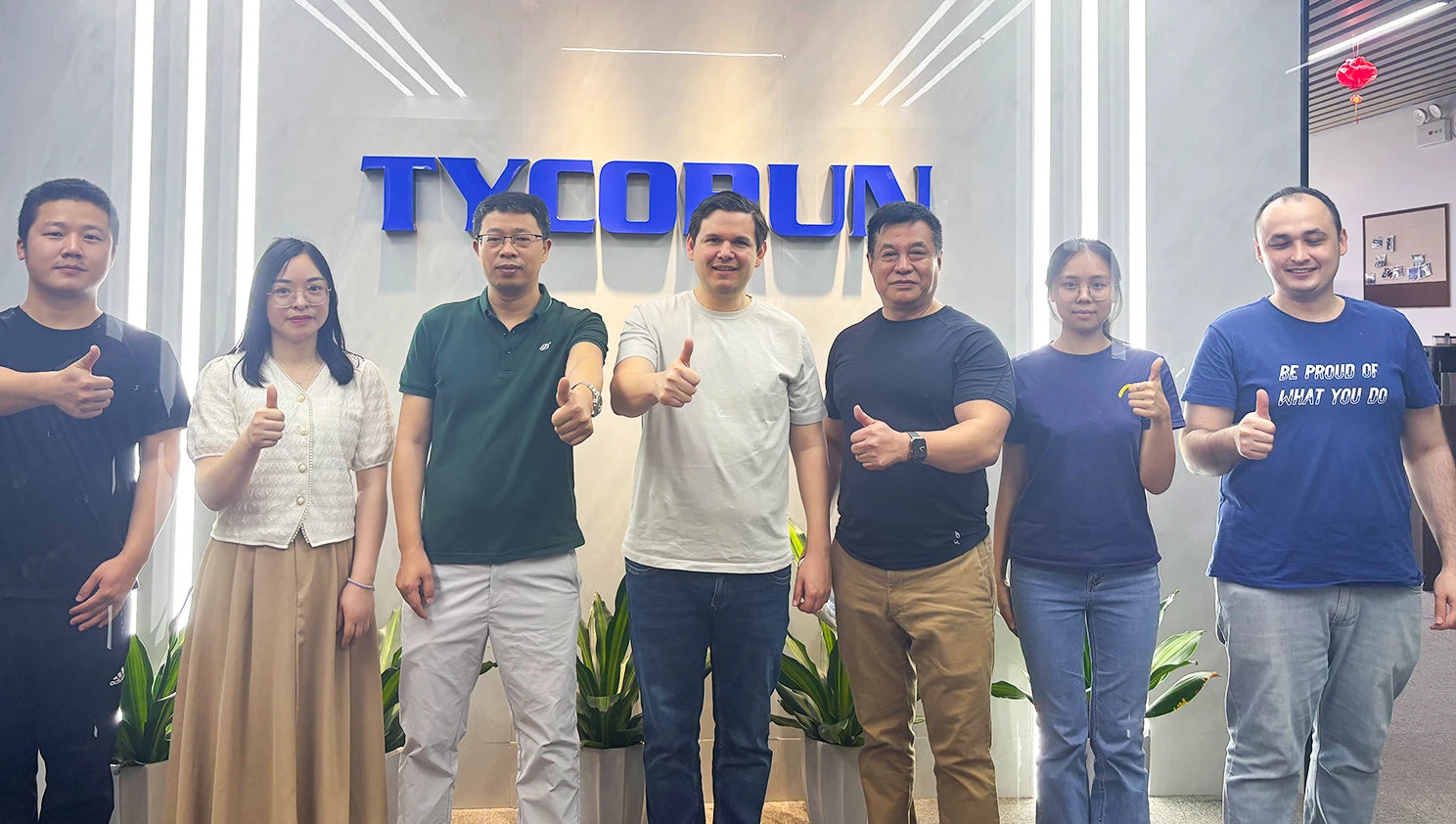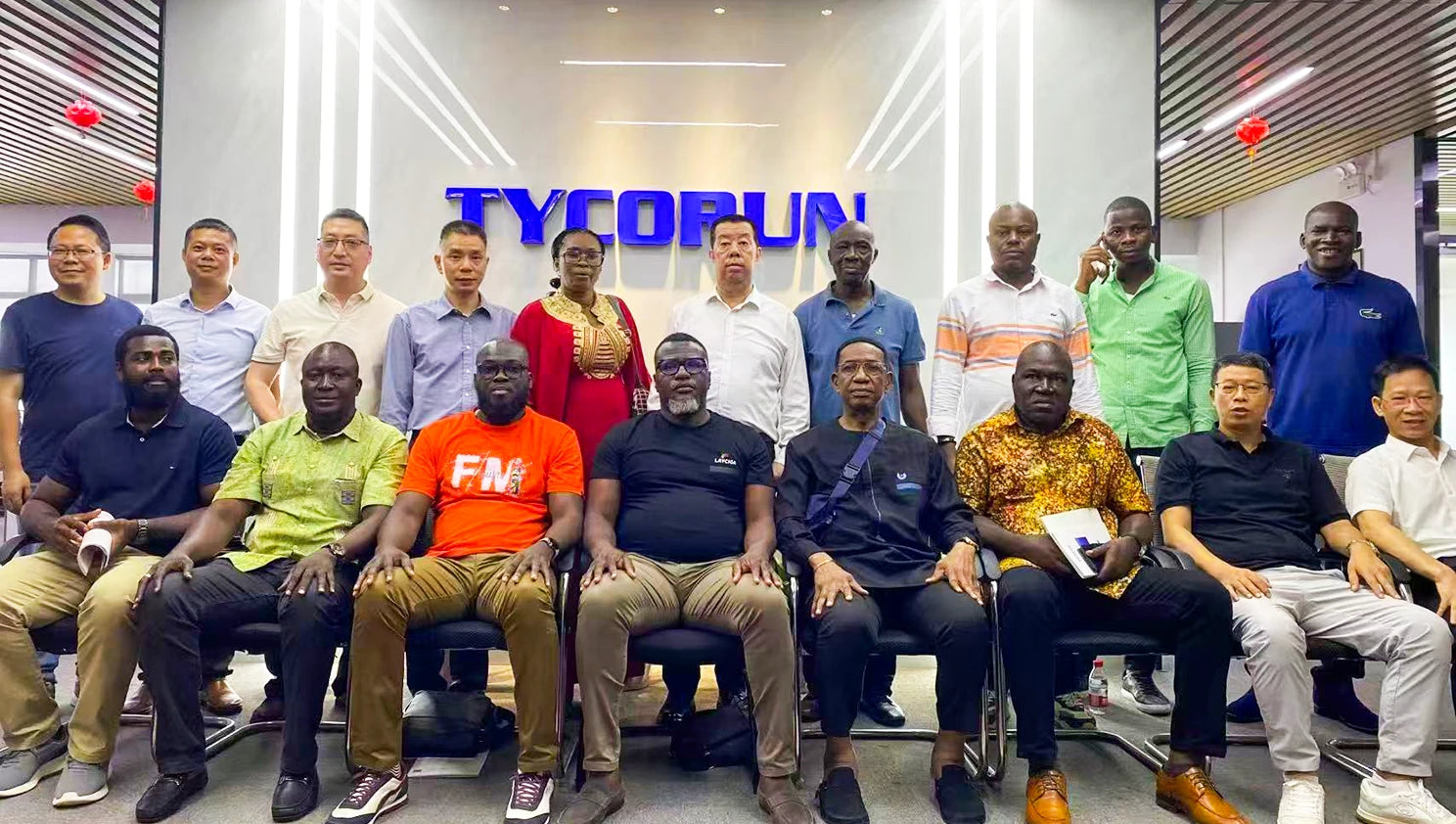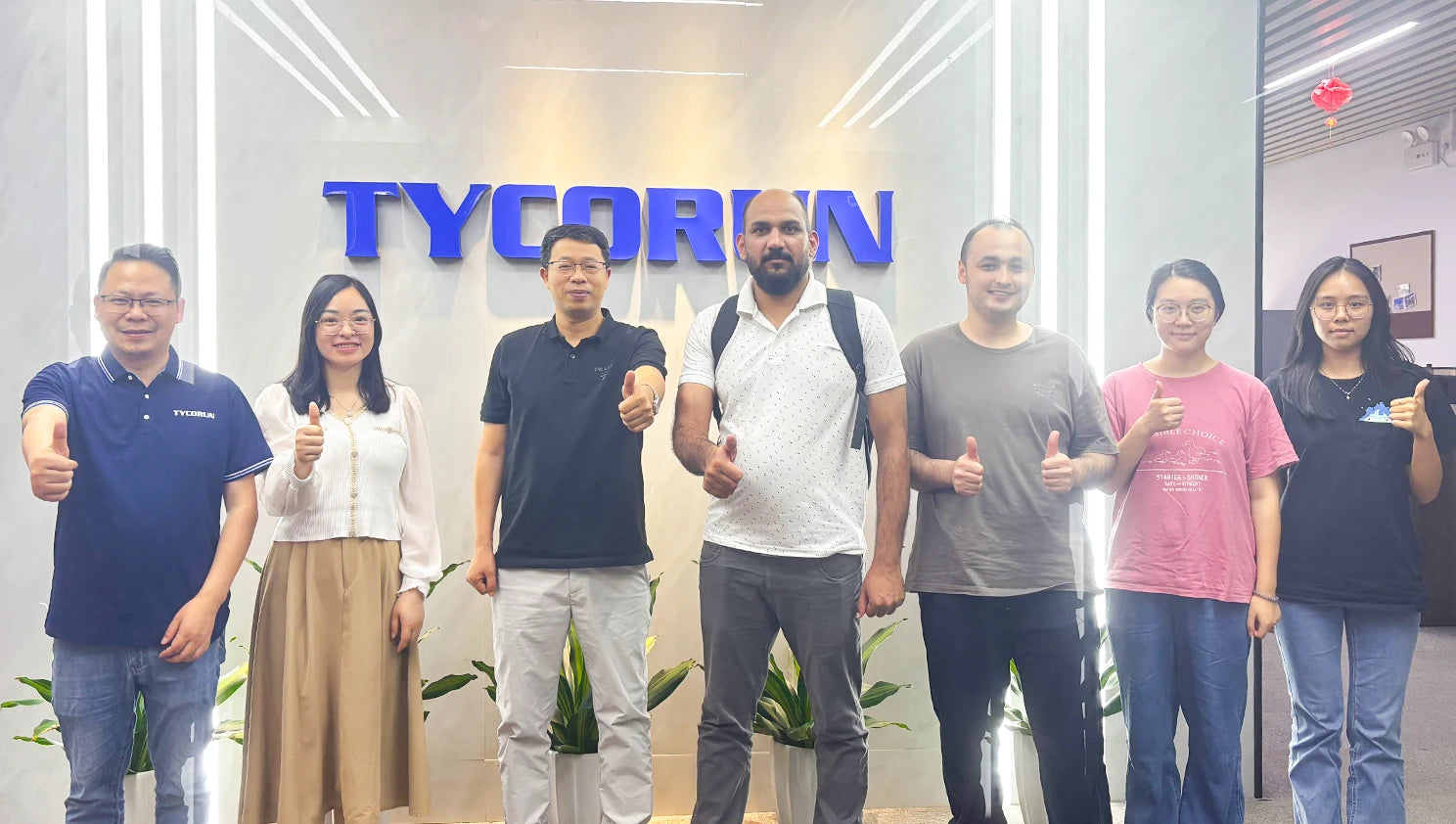
High Energy Conversion Efficiency
In contrast, electric vehicles convert battery energy directly into mechanical energy by driving the motor, a more direct and efficient conversion process. Taking Terra in Dubai as an example, the use of our battery-swap scooters can reduce CO2 emissions by approximately 1,260 tons annually.
Case Study

Lightweight Battery and Vehicle Design
Our lightweight vehicles are equipped with two high-energy-density batteries, resulting in a lighter battery for the same capacity. This significantly reduces energy consumption during transportation or delivery, lowering carbon emissions per kilometer, while helping businesses save energy costs and achieve efficient resource utilization.
Discover Solutions
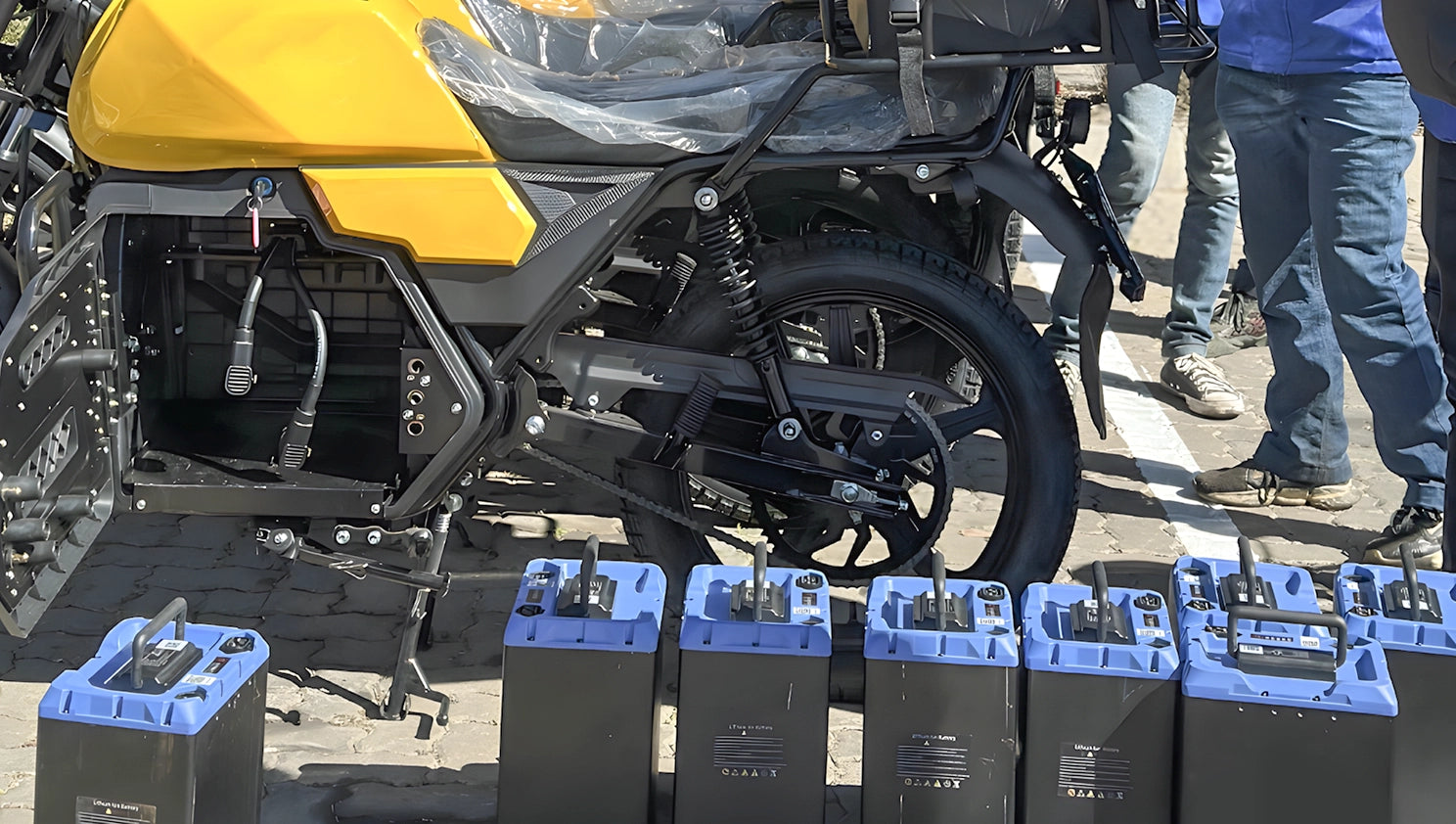
Low-Power Battery Swap Cabinet Control System
Our battery swap cabinets utilize a proprietary intelligent cabinet control system that activates air conditioning and heating only when the temperature reaches a critical point. Furthermore, the cabinets can integrate solar charging to provide green power for the batteries, reducing reliance on the traditional power grid and effectively lowering their carbon footprint.
Check Products
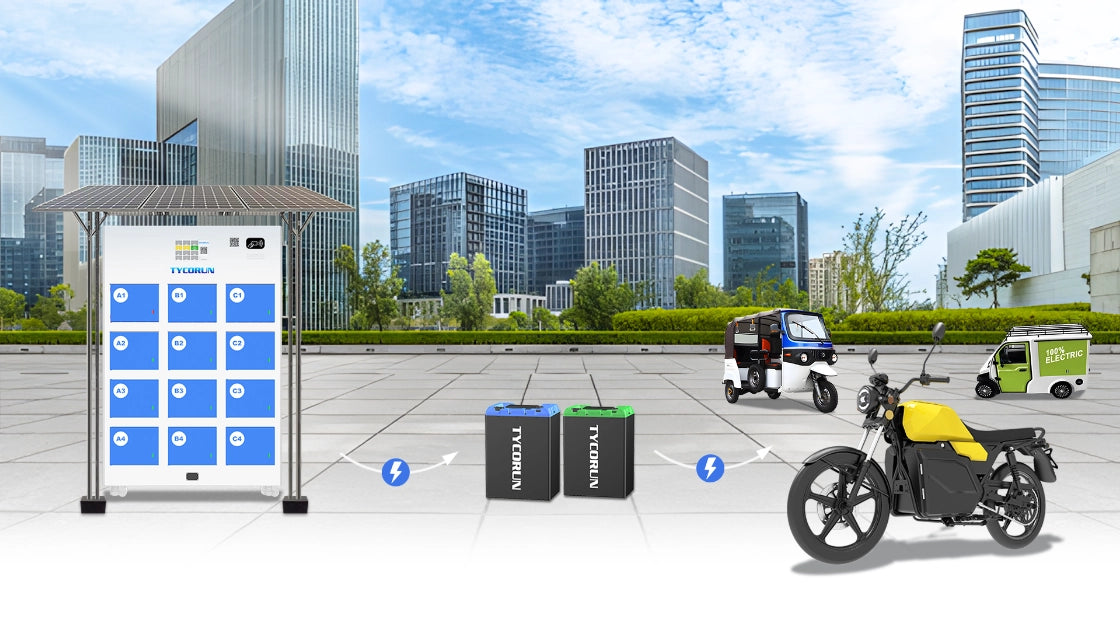
Efficient and Reasonable Battery Swap Cabinet Layout
Leveraging six years of overseas battery swap experience, we provide clients with targeted battery swap cabinet layout solutions to ensure riders can access batteries within the shortest possible route. By integrating back-end battery swap data, we can further optimize the battery swap cabinet layout to minimize energy waste.
Book a Demo
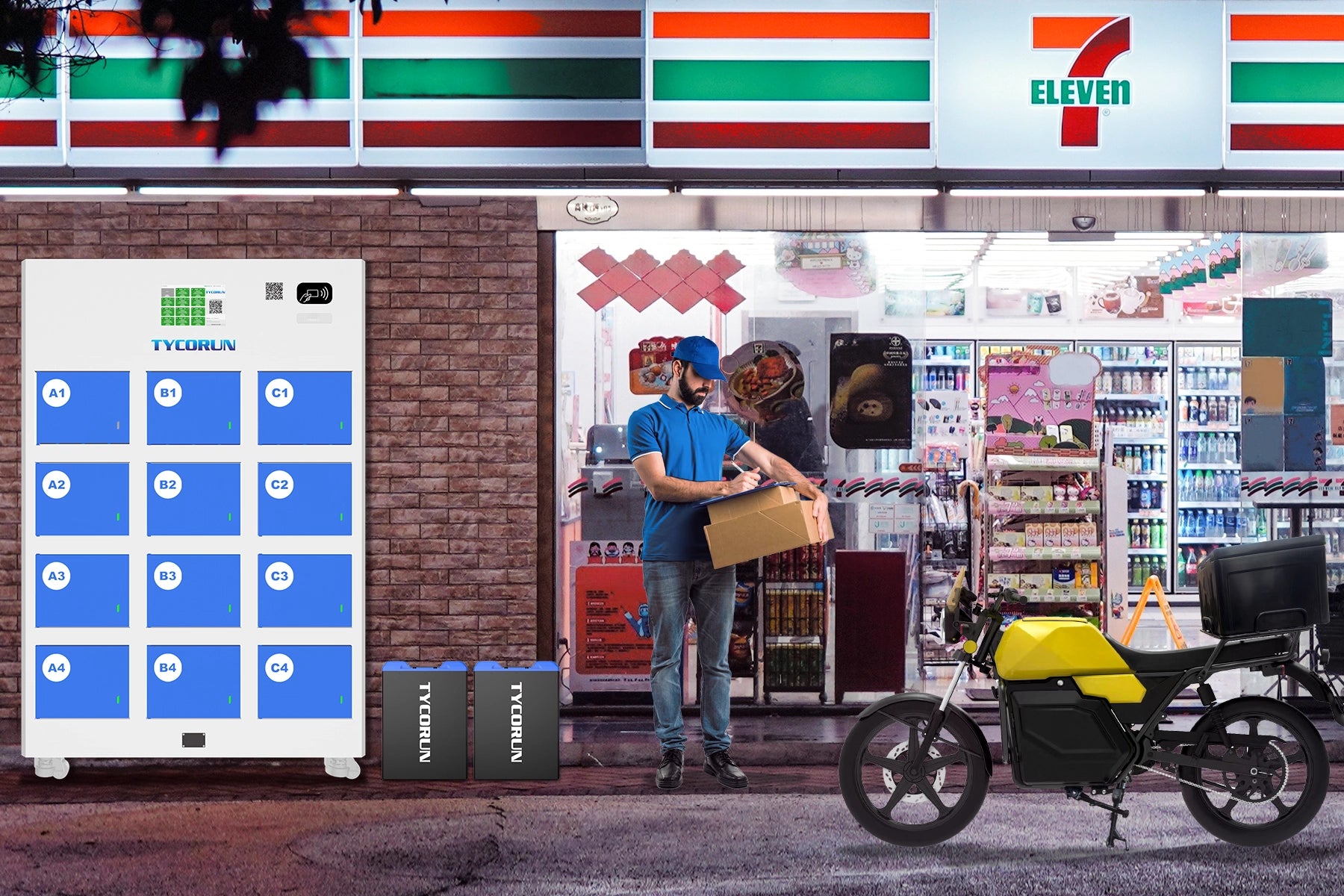
Efficient Battery Management and Predictive Maintenance
The advanced battery management system provides early warnings for abnormal battery conditions, such as high temperature and smoke. Each slot is equipped with an aerosol fire extinguisher to promptly address any anomalies and prevent battery damage. In the event of water level abnormalities, the battery swap cabinet automatically shuts down and issues a reminder, allowing operations and maintenance personnel to promptly replace and repair the battery, thereby reducing product scrap rates.
Product Catalog
Digital Management Platform
The digital platform enables paperless management. Customers can manage battery swap cabinets, orders, financial settlements, package management, and battery swap records in the backend, eliminating the need for additional paper records. This reduces paper and printing consumption, directly reducing carbon emissions from papermaking, printing, and related logistics processes, and embodying the company's green operations philosophy.
Request a Demo
